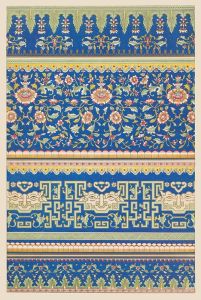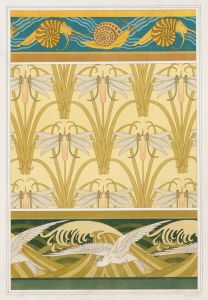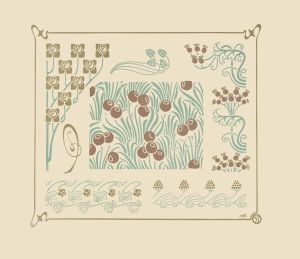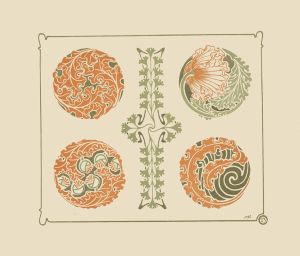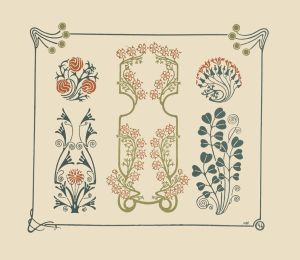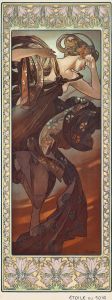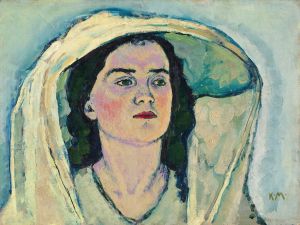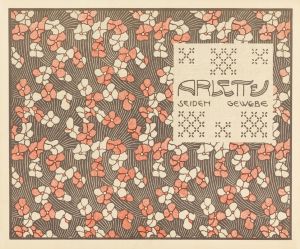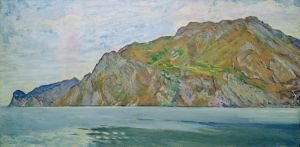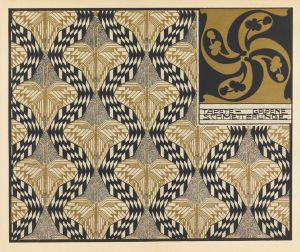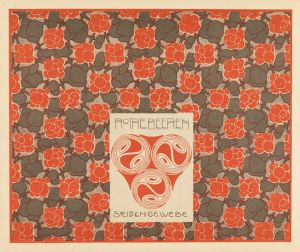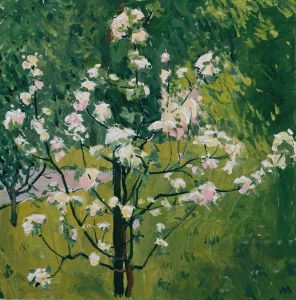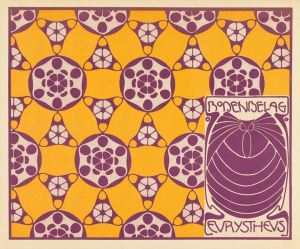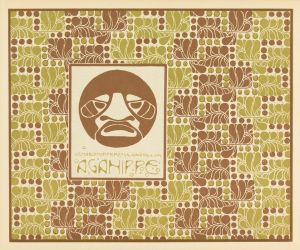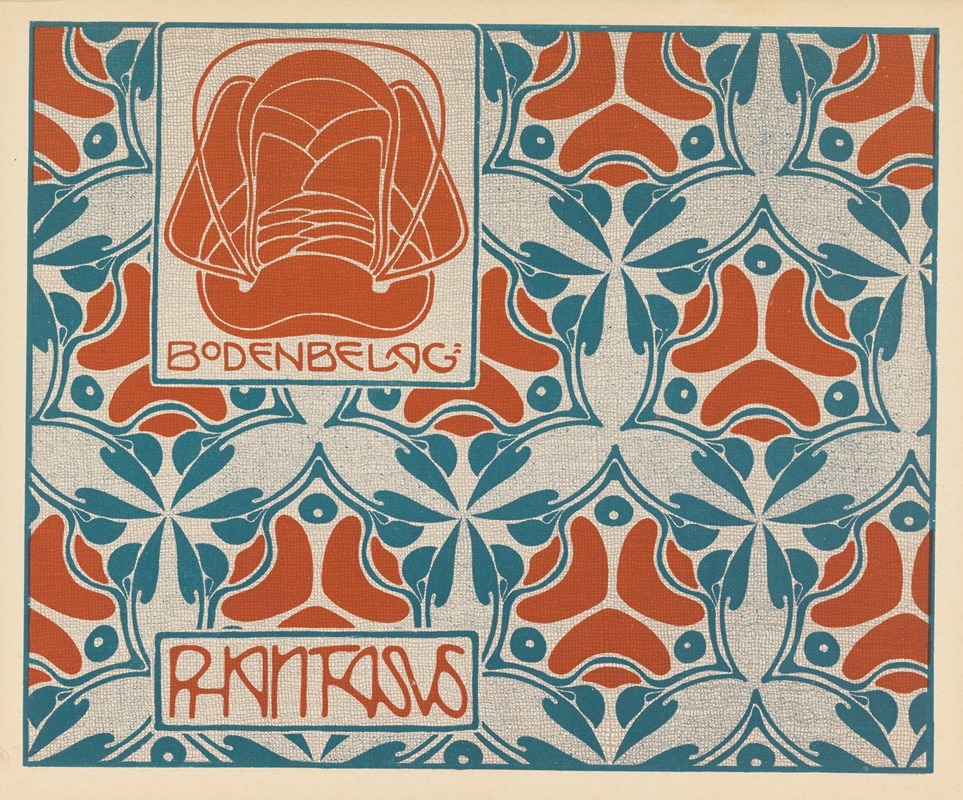
Bodenbelag; Phantasus
A hand-painted replica of Koloman Moser’s masterpiece Bodenbelag; Phantasus, meticulously crafted by professional artists to capture the true essence of the original. Each piece is created with museum-quality canvas and rare mineral pigments, carefully painted by experienced artists with delicate brushstrokes and rich, layered colors to perfectly recreate the texture of the original artwork. Unlike machine-printed reproductions, this hand-painted version brings the painting to life, infused with the artist’s emotions and skill in every stroke. Whether for personal collection or home decoration, it instantly elevates the artistic atmosphere of any space.
Koloman Moser was an influential Austrian artist and designer, known for his significant contributions to the Vienna Secession movement and the Wiener Werkstätte. Born in Vienna in 1868, Moser was a versatile artist whose work spanned various disciplines, including painting, graphic design, and applied arts. He played a crucial role in shaping the visual culture of early 20th-century Vienna.
"Bodenbelag; Phantasus" is one of Moser's works that exemplifies his innovative approach to design and his ability to blend artistic creativity with functional objects. The title "Bodenbelag" translates to "floor covering" in English, indicating that this work was likely intended as a design for a carpet or similar decorative floor piece. The use of the term "Phantasus" suggests an element of fantasy or imagination, which is a recurring theme in Moser's work.
Moser's designs often featured geometric patterns, bold colors, and a harmonious balance between form and function. His work was characterized by a departure from traditional artistic styles, embracing modernism and the avant-garde. This approach is evident in "Bodenbelag; Phantasus," where Moser likely employed a combination of abstract forms and vibrant hues to create a visually striking piece that would enhance the aesthetic of any interior space.
As a founding member of the Vienna Secession, Moser was part of a group of artists who sought to break away from the conservative art establishment of the time. The Secessionists aimed to create a new style that was more in tune with the modern age, incorporating elements of Art Nouveau and other contemporary movements. Moser's work, including "Bodenbelag; Phantasus," reflects these ideals, showcasing his commitment to innovation and artistic freedom.
In addition to his involvement with the Vienna Secession, Moser co-founded the Wiener Werkstätte in 1903, alongside architect Josef Hoffmann and patron Fritz Waerndorfer. The Wiener Werkstätte was a cooperative of artists and craftsmen dedicated to producing high-quality, handcrafted objects that combined functionality with artistic beauty. Moser's designs for the Werkstätte, including textiles, furniture, and decorative arts, were instrumental in establishing the group's reputation for excellence and creativity.
"Bodenbelag; Phantasus" fits within the broader context of Moser's work for the Wiener Werkstätte, where he often explored the interplay between art and design. His ability to create pieces that were both aesthetically pleasing and practical made him a key figure in the development of modern design.
Moser's legacy continues to influence contemporary artists and designers, and his work is celebrated for its innovative spirit and timeless appeal. "Bodenbelag; Phantasus" is a testament to Moser's skill as a designer and his vision for a world where art and everyday life are seamlessly integrated. Through his contributions to the Vienna Secession and the Wiener Werkstätte, Koloman Moser left an indelible mark on the history of art and design, inspiring future generations to explore the possibilities of creative expression.





